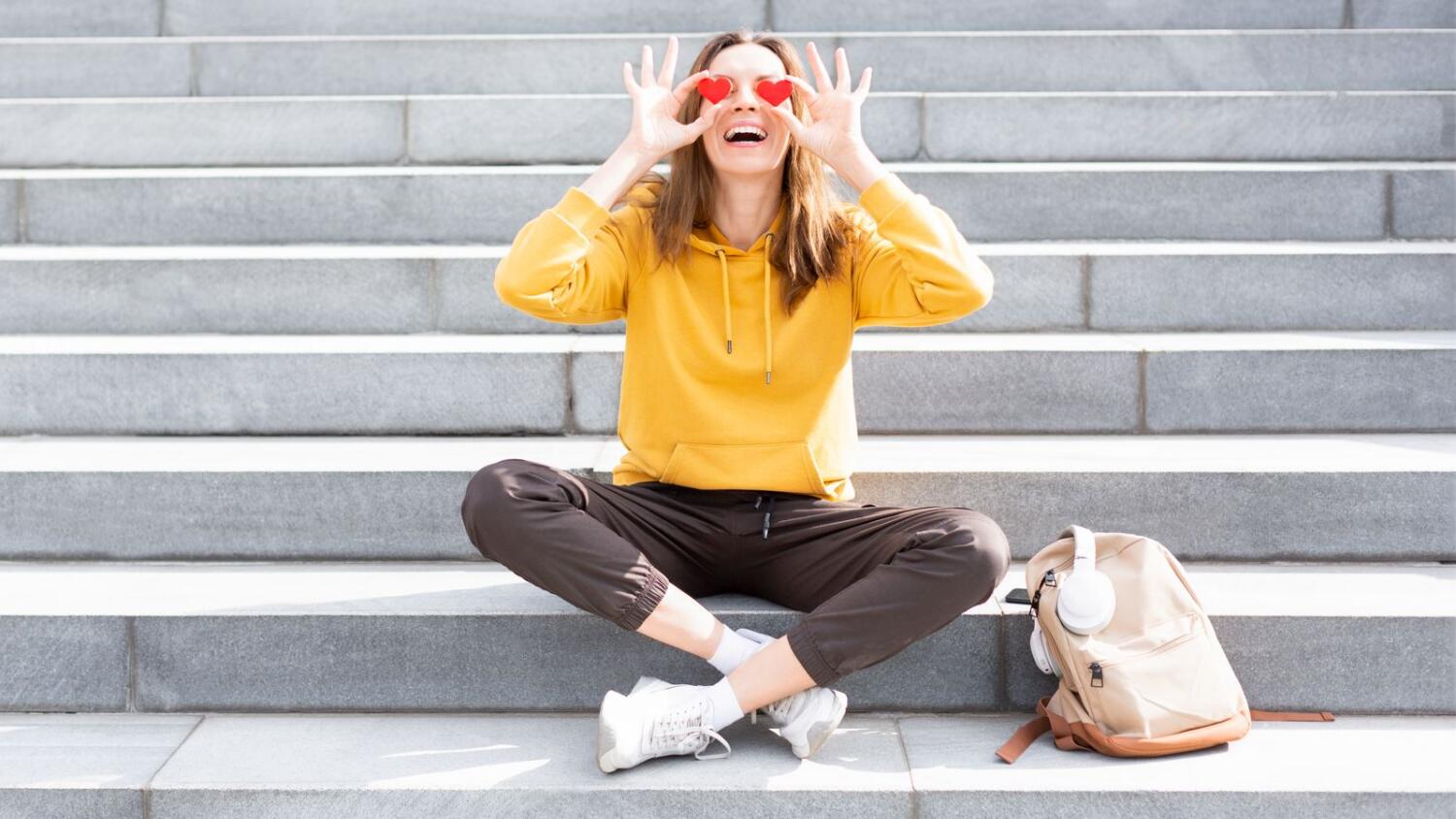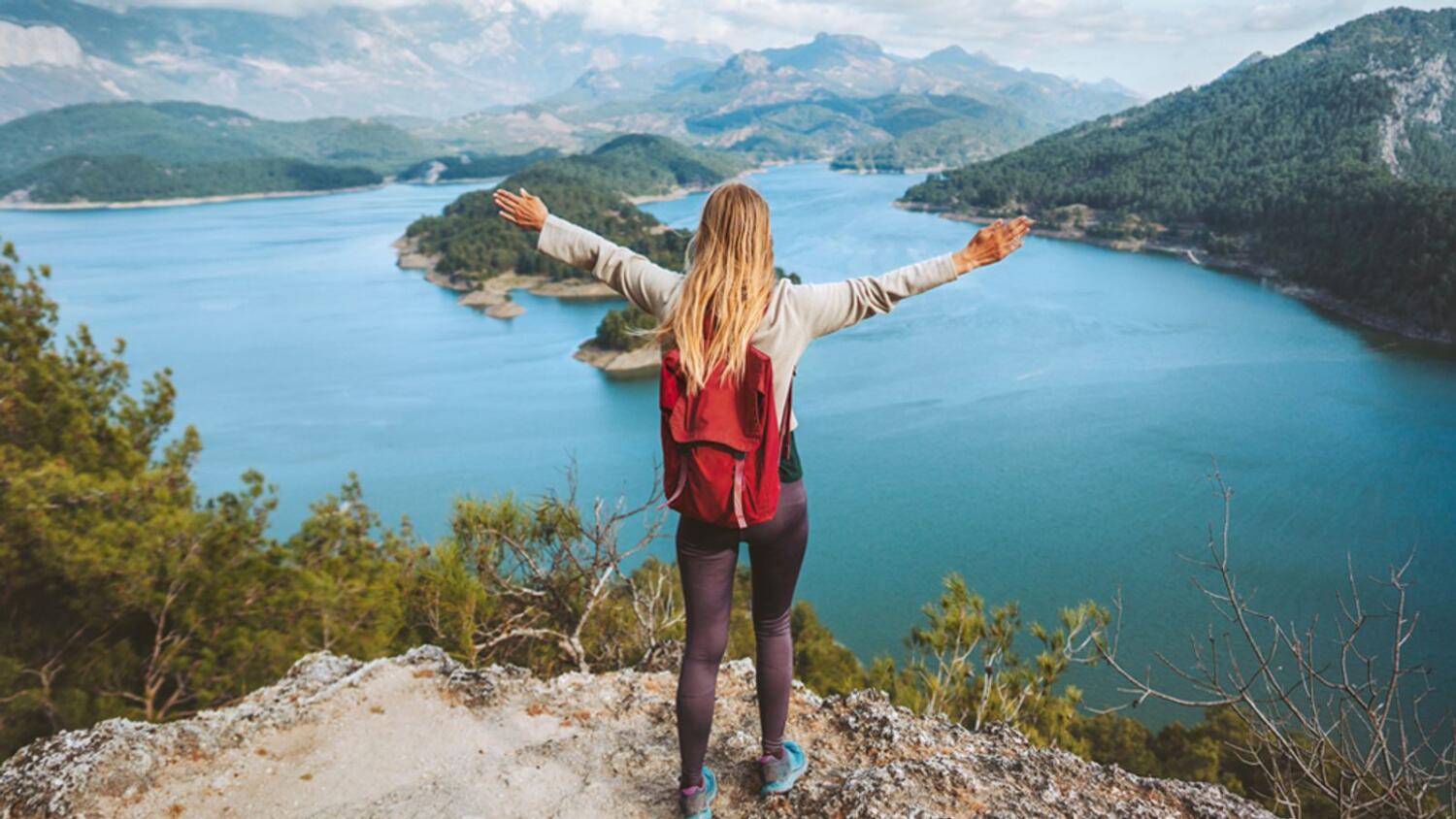Emirati Jiu-Jitsu stars win 23 medals, athletes grab 11 medals, and People of Determination excel with 14 medals
Look: Meet the calligrapher who carved out Dubai Ruler’s words on Museum of the Future
Mattar bin Lahej reveals the challenges that went into designing the façade of the most beautiful building on earth

When Emirati artist and sculptor Mattar bin Lahej received the call to design the exterior façade of the Museum of the Future, he knew it was the moment he had been waiting for his entire career.
For nearly four decades, bin Lahej has established himself as a multi-faceted artist, merging Arabic calligraphy and sculpting to produce signature pieces that challenge the conventional.
“I had developed my artistic awareness over the years, which made it easier for me to accept the challenging task. The projects I had undertaken as an artist gradually brought me to the Museum of the Future with the idea of creativity and ability to construct,” bin Lahej told Khaleej Times as he gushed about the globally acclaimed landmark, which has been widely recognised for its calligraphy-wrapped façade even before the historic opening on February 22, 2022.

The self-taught artist approached the project with certain givens. He knew there was no better than a language-based design to display the authenticity of the Arabic heritage on a global landmark.
The carved strokes of the classic Thuluth script was his choice to encapsulate the aesthetics of the Arabic language in to the future.
“I merged the Arabic letter and heritage in a time capsule that is the Museum of the Future. This architectural landmark will be the carrier of the Arab legacy through different periods of time,” said bin Lahej.
Design process
Laying out the 3D design on a paper was the most challenging part for bin Lahej, especially when the calligraphy would be carved over 14,000 meters of a torus-shaped stainless-steel and glass façade in a first of its kind venture in the world.
With the exterior calligraphy piercing through the museum’s interior walls and the ceiling, bin Lahej said the design had to merge the aesthetic elements with the engineering aspect with a high level of precision.

Indeed, this multi-layered approach to design required a holistic artistic approach and perspective. That’s where bin Lahej’s experience in engineering and real estate combined with calligraphy and sculpting came in handy.
“I had to study the building from the inside to design a structure where engineering and art intertwined.”
He added that the design “had to factor in several architectural elements such as the electricity connections, LED lights, and the overall targeted environment-friendly construction.”
The outlining of the Arabic script would serve as the museum’s windows that cast natural light into the museum by day and illuminate with stunning LED lights at night.

“The design had to achieve a balance between 'solar heat gain' and air conditioning without compromising the architectural aesthetics,” revealed bin Lahej.
Starting the design process in 2015, bin Lahej said it took four months -- in a back-and-forth process -- with the architecture firm, Killa Design, to finalise the calligraphy after factoring in the artistic and engineering considerations.
Choice of quotes
Another layer of challenge was selecting the text that would go on the 1,024 robot-manufactured steel panels of the façade. Bin Lahej knew the script had to revolve around the future.
He also knew that the text had to be selected in a manner where the strokes of the sentences would merge and flow seamlessly on the façade.
And when it comes to the future, there is no better advocate than His Highness Sheikh Mohammed bin Rashid Al Maktoum, Vice President and Prime Minister of UAE and Ruler of Dubai.
Filtering through 14 future-centric quotes, the options selected with the Dubai Future Foundation team and approved by Sheikh Mohammed himself, were shortlisted to three:
- “We may not live for hundreds of years, but the products of our creativity can leave a legacy long after we are gone.”
- “The future belongs to those who can imagine it, design it, and execute it.”
- “The future does not wait. The future can be designed and built today.”
Bin Lahej found the quotes to be the perfect blend that capture the mission of the museum as an impetus to Dubai’s high-speed journey towards building a better future for humanity.
“Using classic calligraphy to deliver Dubai’s message of the future resembles how we look back at our past with pride, while fixating our eyes on the future. It reflects Dubai’s vision that stands the testament of time.”
Bin Lahej urged the people of UAE to extend the message of the iconic structure into their different professions -- be it medicine, tourism, culture, finance, or economy.
“The museum is a time machine and a symbol for everything that’s changing. It tells us to challenge ourselves to be better, so let’s seize the opportunity of being in a country that offers us a fertile environment to grow.”
Beyond the 'Museum of the Future'
Driven by challenges and achievements, bin Lahej said working on the iconic landmark has inspired greater leaps in his career. “Before if I looked one step ahead in the past, now I am looking 60 or 70 steps ahead.”
With works displayed in the UK, USA and across the GCC, bin Lahej said his passion lies in producing expressive art in public spaces -- not confined to the walls of a museum or a gallery.
Today, he is leaving his mark on Arabic calligraphy through his newly launched 'Mattar Font' that presents a more abstract form of Arabic letters.


Aiming to establish himself as a renaissance artist, he is taking his work to new frontiers. One such unique venture is his collaboration with Italian clothing company Loro Piana to print his 'Mattar Font' on a series of cashmere plaids.
He is also currently in talks with other global companies and brands for bigger projects, some of which are outside the UAE.
ALSO READ:
Bin Lahej’s presumed duty towards the young generation is far from overlooked. Besides reaching out to the local artists’ community through his Mattar bin Lahej Gallery, the father of six is launching an online training program to connect young talents with their idols in the field.
“Challenges inspire achievements because overcoming the ‘difficult’ brings impressive results. If you are not pushing your own limits or looking beyond the conventional, you will remain stagnant.”
sherouk@khaleejtimes.com
More news from
The first of seven phases, Friday's vote covered 166 million voters in 102 constituencies across 21 states and territories
The unique showcase brings together a diverse lineup of comedians from India and Pakistan, promising an hour of non-stop entertainment
Work teams across all customs centres continued to process cargo clearance and inspections
The UN chief urges international community to work together to prevent any actions that could push the entire Middle East over the edge
This punishment sent out a message to all teams of the importance of maintaining a healthy pace throughout a match
Only 10 of Gaza's 36 hospitals are currently even partially functioning
The updated Meta AI assistant will be given more prominent billing within Meta's Facebook, Instagram, WhatsApp and Messenger apps











